Start an unforgettable experience in Cusco, traveling through valleys and ancient Inca paths. Along the way, we will discover various architectural sites, with our main and challenging goal being the Choquequirao archaeological complex. A place surrounded by nature and fresh air, offering temples, plazas, and terraces that tell the story of a fascinating civilization. Without a doubt, an adventure you won't forget!
Day 1: Cusco – Capuliyoc – Santa Rosa.
Day 2: Santa Rosa – Marampata – Choquequirao.
Day 3: Marampata – Playa Rosalinas – Chiquisca.
Day 4: Chiquisca – Capuliyoc – Cusco.
On this day, we will depart early. Along the way, we will visit the archaeological site of Saywite. Upon reaching Capuliyoc, we will begin our walk with the muleteers and descend to Chiquisca for lunch. During the route, we will pass by Playa Rosalinas and finally arrive in Santa Rosa, where we will have dinner and spend the night.
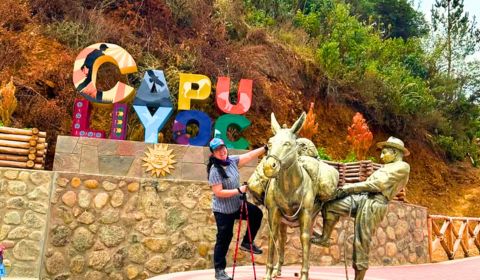
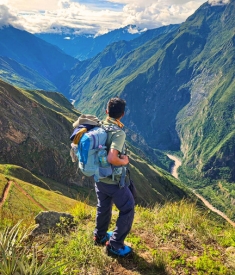
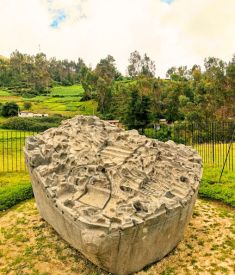
After breakfast, we will continue to Marampata, then visit Choquequirao, where we will explore its temples, terraces such as Pikiwasi, the Priest's House, the Main Plaza, and more. After capturing our memories, we will return to Marampata for dinner and rest.
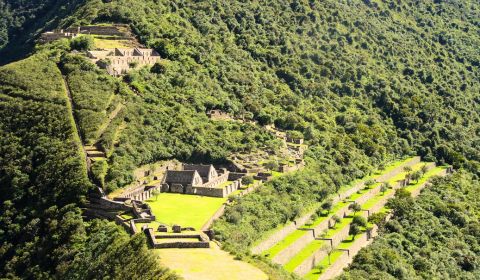


On this day, we will return, passing through Rosaspata. Upon arrival, we will take the opportunity to have lunch and rest for a moment, before continuing the hike to Chiquisca, where we will have dinner and spend the night.
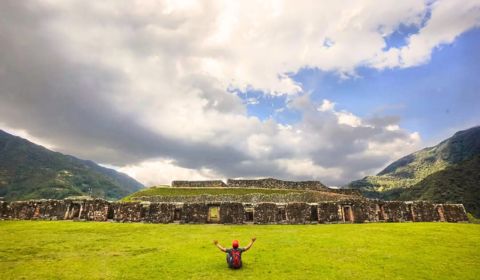
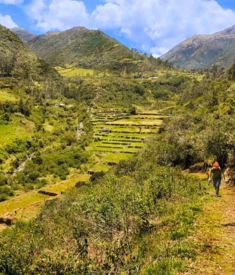
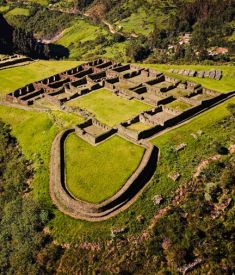
Today, we begin the journey towards the Capuliyoc viewpoint, where we will hold a ceremony to give thanks for the trip. Afterward, we will take transportation and make a stop in Curahuasi for lunch, continuing on our way to Cusco.
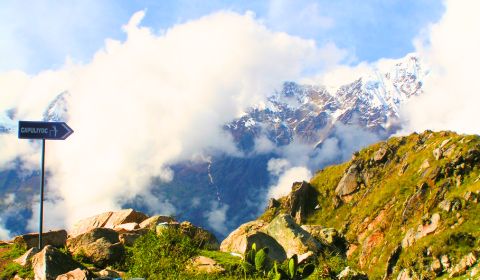

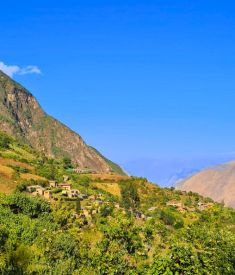
| Price based on 2 people |
|---|
| -- USD |


